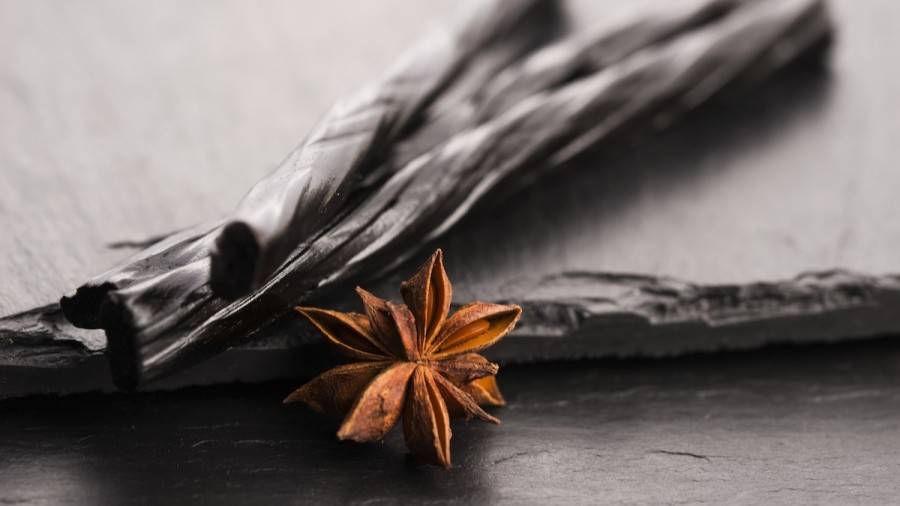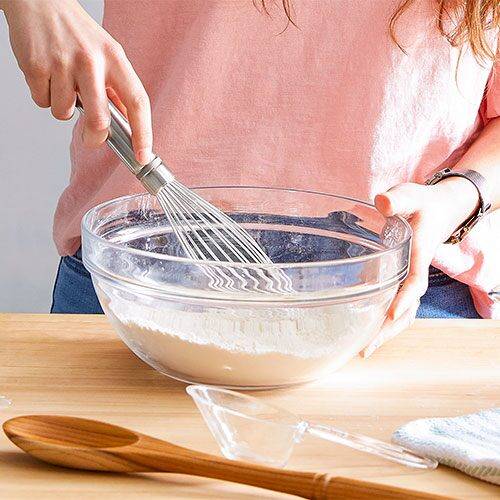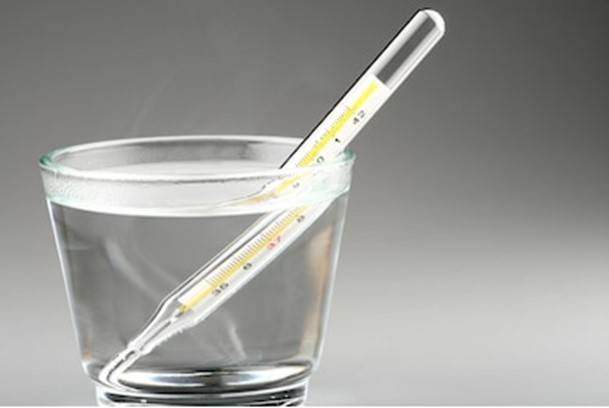
Nefeli
JAN 11, 2022
The distinct taste of liquorice makes people either lifelong lovers, or people that try it once and never again. With the unique and interesting taste that might linger in your mouth for a while after you’ve eaten a piece, liquorice continues to be a popular sweet with different flavors, textures, shapes, patterns, and even different colors.
In parts of Europe and the United Kingdom you will find sweeter, sugary flavors of liquorice, where in the Scandinavian countries you will find a saltier liquorice that uses ammonium chloride salts in the making process. Although many different varieties are offered, there is only one type of liquorice that can truly be called liquorice, and that is black liquorice.
Some notable liquorice types to come out of the United Kingdom include Pontefract cakes, Liquorice allsorts, and Victory V, which are liquorice-flavored throat lozenges.

The History Of English Toffee
Black liquorice is made with extract of the roots from the liquorice plant. The roots are pulverized and made into a powder. The extract is also commonly combined with anise oil to help control the amount of liquorice extract that is being used.
Throughout time, some groups have even believed the plant to have medicinal purposes, or have chewed the liquorice root as a breath freshener. The liquorice plant is native to parts of Europe, Western Asia, and Northern Africa. In countries in North America, liquorice is commonly made with aniseed oil and does not contain liquorice root extract at all. In Europe and other parts of the world, you will find more traditional methods to stay true to the liquorice root extract recipe.
To find out more about the liquorice-making process, let’s go over the steps it takes to create liquorice from its humble beginnings as a plant to the delicious sweet, salty, and sour treat we know it as today.
Step 1: Mix ingredients together
To begin the process, you will need to gather some or all of these ingredients:
- Liquorice root extract
- Aniseed Oil and/or Fennel
- Flour, Starch, or Gelatin
- Sugar
The flour, starch, or gelatin you add to the mixture will add as a binding agent and help to thicken the liquid sweet at its end stage. Most large-scale liquorice-making companies will produce their sweets in bulk, but you can also make your own liquorice at home.

Some recipes may use the liquorice root extract and the aniseed oil together, or just one of them. Fennel is also used sometimes because of its liquorice-like taste. Depending on what part of the world you’re in, the recipe may differ slightly from region to region. Everything is then put into a pot of water for the next step.

Step 2: Boil extract in water
Once you have gathered all of your ingredients, throw everything into a pot of water so that they dissolve and bring the mixture to a boil of 135 °C.
A thermometer is used to ensure accuracy. Once heated, the mixture will create a thicker, dough-like substance. It is important to keep an eye during the heating process to make sure the liquorice mixture does not overheat and burn.
Step 3: Pour the liquid into molds of desired shape
Once the liquorice dough has formed, remove it from the pot and pour the substance into molds of your desired shape. Some of the popular forms of black liquorice may include long strings formed into wheels, twisted straws, small circular drops, squares, or pill-like shapes. Since the liquorice dough is so malleable, it can be formed into any mold or shape. The liquorice will stay in the molds until it has dried completely. To avoid the dough sticking to the molds, the container is filled with starch powder. Once the liquorice sweet has set and dried, it is now time to remove it from the molds.
Step 4: Liquorice is dried and coated with beeswax to make it shiny
To give the liquorice a smooth, glossy look, the sweet is coated with a safe-to-eat coat of beeswax. The liquorice may also be dusted with sugar, salt, or another topping depending on the type of sweet. After the coating is finished, the sweet is now ready to be packaged and purchased. Depending on the shape and size, black liquorice will stay fresh for six to eight months when kept at room temperature. After this time, the sweet may taste stale and become hard, so you’ll want to eat your liquorice sweet before that happens.
While black liquorice is the only true ‘liquorice’ sweet due to its ingredients, other sweets such as red liquorice and the other flavors take the name because they are made in the same traditional way. Now that you have learnt how liquorice is made, what type are you craving to try?
